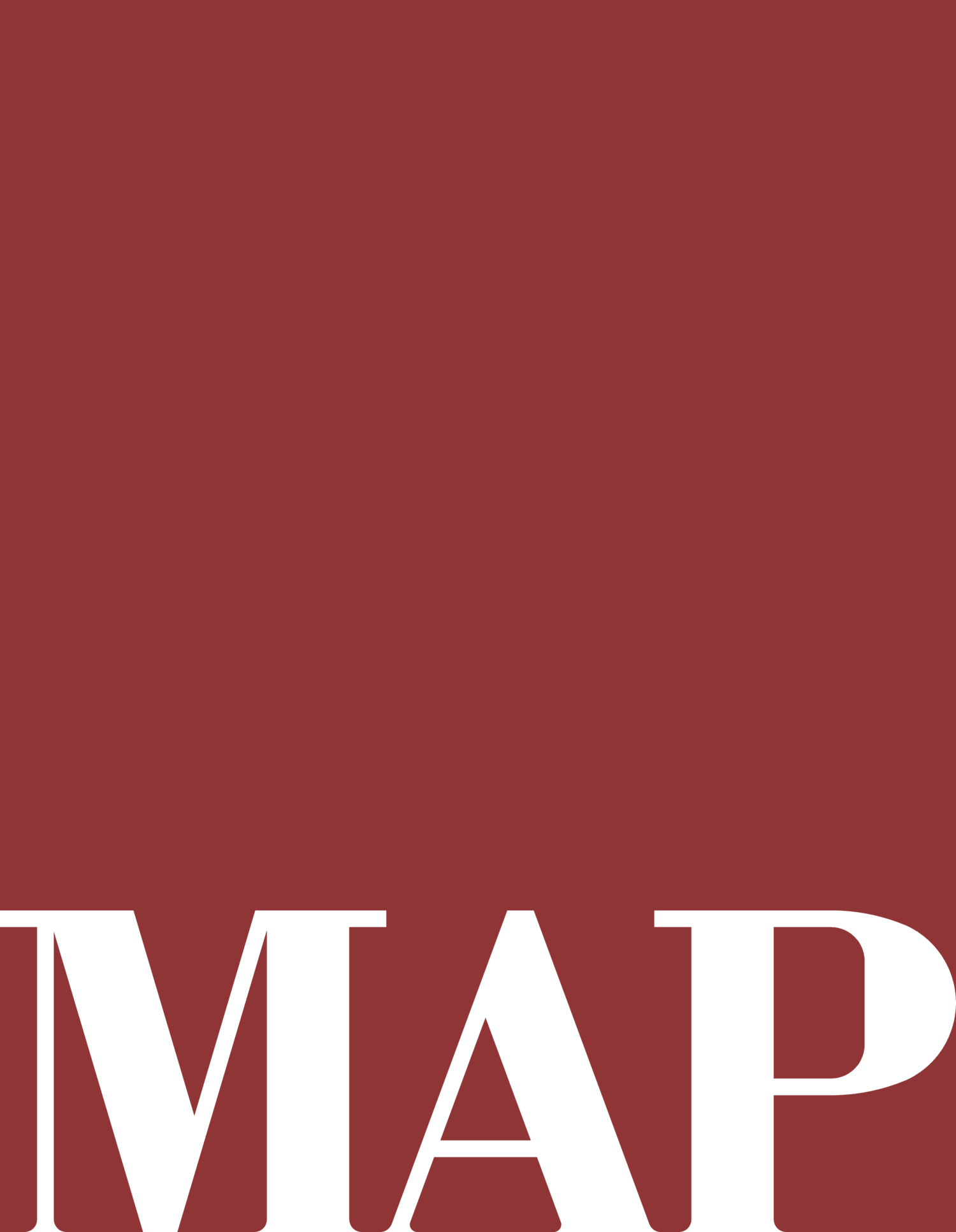Affordable Housing is Sustainable Housing
While the climate crisis has finally become the front and center issue it deserves to be, today is a good time to remind everyone that progress is not only possible, it’s actually happening. More than that, it’s those trying to solve multiple crises who are out in front. So, on this Earth Day, many of us in affordable housing will just keep working hard. That’s because our industry (at least here in New York) has been a leader in energy efficient residential development for many years. This effort driven by mission-led organizations and public agencies has yielded multifamily buildings that are much more sustainable than comparable, code compliant market-rate ones.
There are a few key reasons for this: first, many affordable housing developers see sustainability as integral to their social impact and are keen to include features aimed at countering the environmental injustices faced by the communities that they serve. Design interventions that improve resiliency and resident health while taking steps toward our shared climate goals address multiple future concerns simultaneously.
Second, most of these building owners hold their properties for a long time. This can make them particularly sensitive to operating costs and thus eager to achieve energy savings.
Third, and likely the biggest driver in sustainable design in affordable housing, is that the public funding agencies that finance these projects have adopted high levels of sustainability criteria, such as Enterprise Green Communities, EnergyStar, NYSERDA, Passive House, or LEED. The elevated requirements for public dollars in New York and have pushed the affordable housing industry toward building energy performance well beyond code minimums.
Highlighted developments are important firm milestones where we have implemented or refined new strategies.
Looking at the last 10 years of our work, (chart) we see that the energy use intensity (or EUI) of our affordable buildings (as modeled), has been consistently below code (solid gray line) because the baseline standard - Enterprise Green Communities - has an energy threshold of 15% better than code.
With the recent, rapid adoption of passive house strategies in our typology, we have reached a tipping point. As you can see on the chart, the average EUI of our most recent projects drops off significantly (illustrated by the dashed yellow line).
Committing to sustainability this way has pushed those in affordable housing development – owners, architects, engineers, contractors and others to seek out and get comfortable with technologies that are essential to our carbon neutrality goals. These efforts have already driven technology costs down and availability up, changing the market for everyone. In order to cultivate the confidence and knowledge to incorporate the next generation of energy efficiency measures and in the spirit the thriving professional environment out there now, here are some of our favorite resources:
NYS Energy Research & Development Authority (NYSERDA) Programs
https://www.nyserda.ny.gov/All-Programs
New York City’s Greener, Greater Buildings Plan
http://home2.nyc.gov/html/gbee/html/plan/plan.shtml
Building Energy Exchange (BEEX)
https://be-exchange.org/
Urban Green Council
https://www.urbangreencouncil.org/
North American Passive House Network (NAPHN)
https://naphnetwork.org/
New York Passive House (NYPH)
https://www.nypassivehouse.org/
Building Green
https://www.buildinggreen.com/
AIA 2030
https://architecture2030.org/ and
https://architecture2030.org/new-buildings-embodied/
Building Science Corp.
https://www.buildingscience.com/
Passive House Accelerator
https://passivehouseaccelerator.com/
Books:
King, Bruce et all. “The New Carbon Architecture”, 2017
Straube, John. “High Performance Building Enclosures”, 2012
Simonen, Kathrina. “Life Cycle Assessment” 2014


